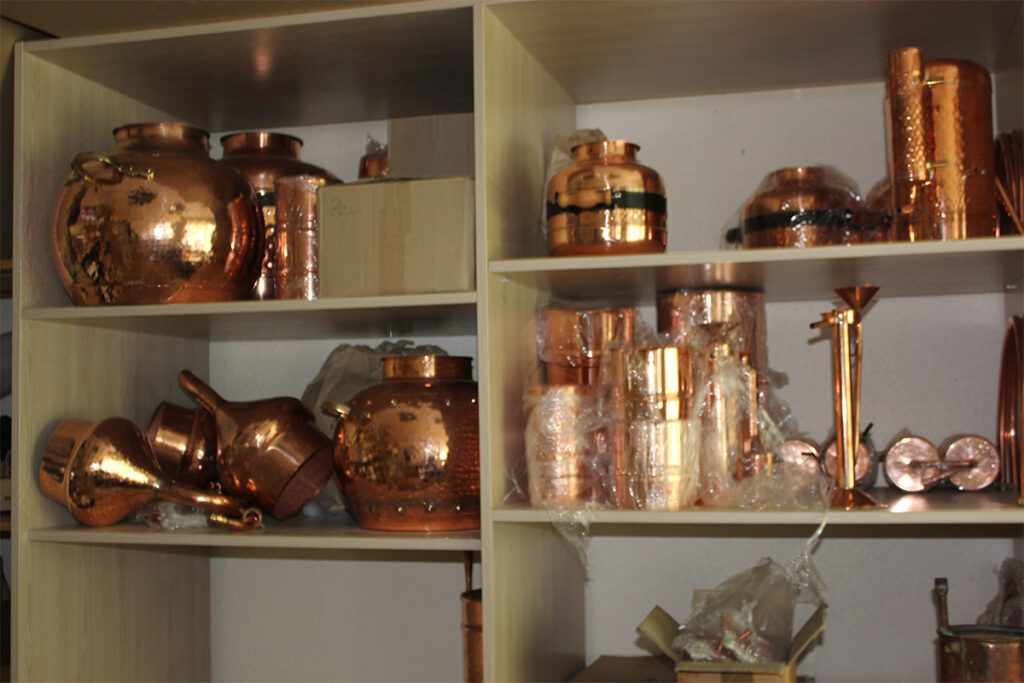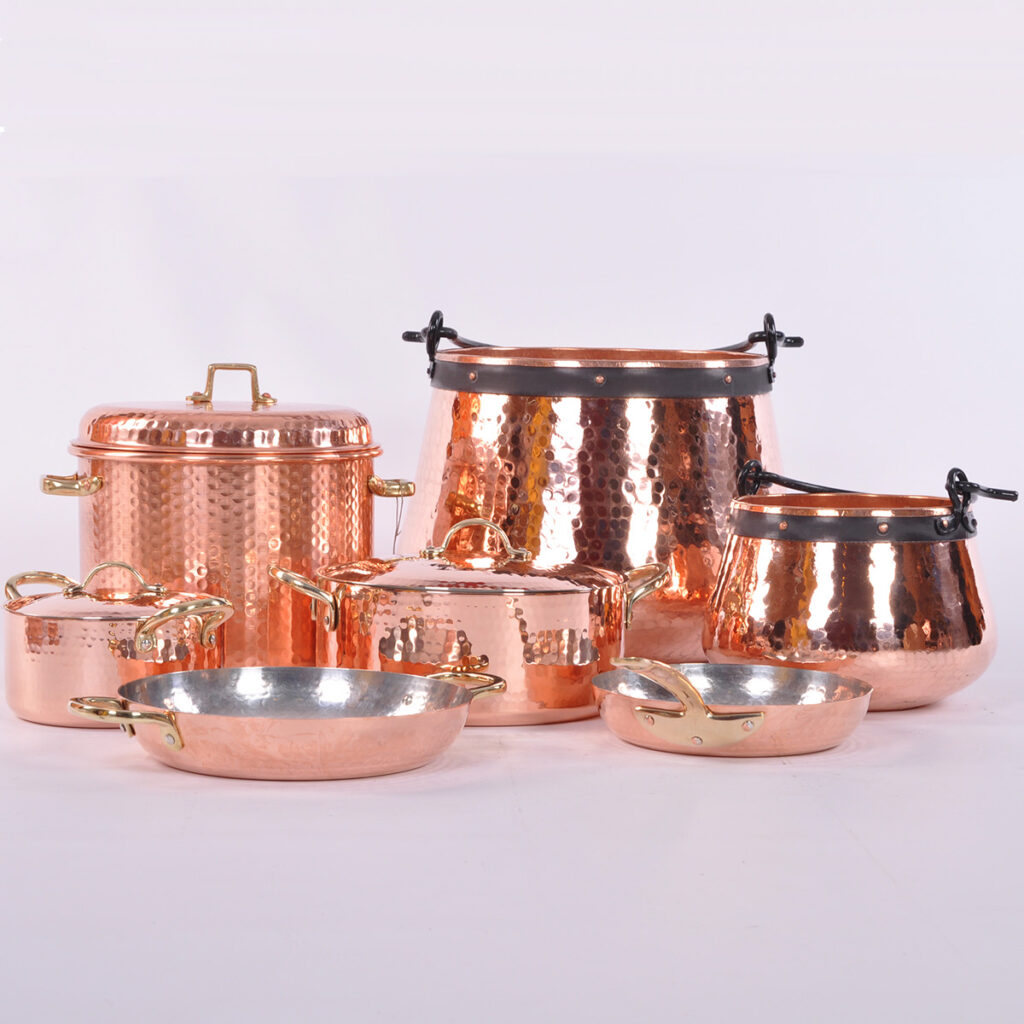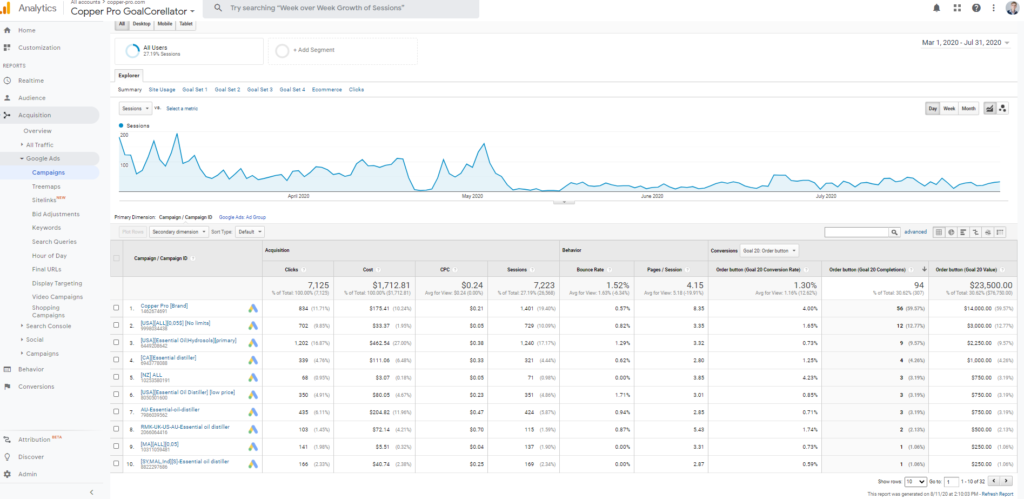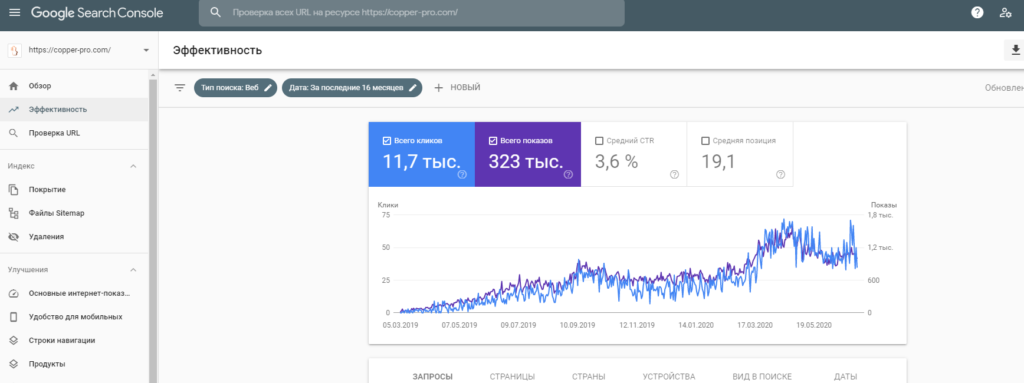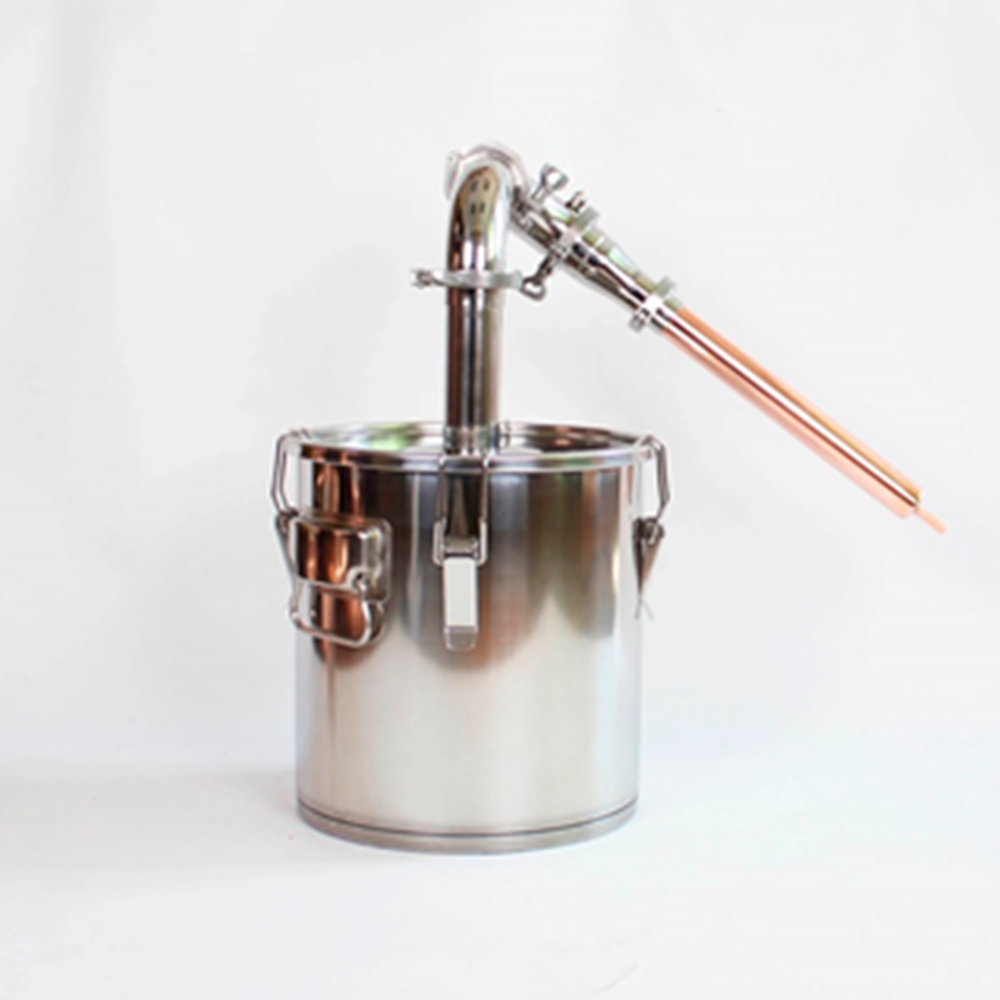I was offered to lead the marketing department with the primary objective of exploring new markets and establishing a foothold within them.
As the newly appointed head of the marketing department, I was tasked with a critical mission: to penetrate new markets and establish a solid presence amidst challenging circumstances. Our flagship product, premium copper distillation equipment designed for superior whiskey production, is priced in the $600 to $1000 range. Despite its high quality, sales were impacted by the local market downturn, a direct result of the economic crisis in Ukraine. Adding to these challenges, our Marketing Manager had recently departed. This change coincided with the initiation of our distillation equipment manufacturing process, marking a pivotal moment for the company. In this complex scenario, my primary goal was clear: to navigate through these turbulent times by identifying and securing new market opportunities for our premium distillation products. The Journey Begins PS: In diversification an organization tries to grow its market share by introducing new offerings in new markets. It is the most risky strategy because both product and market development is required. In my initial approach, I focused on leveraging established e-commerce platforms like eBay and Amazon to list our products. Despite the broad reach of these marketplaces, this strategy did not yield significant market engagement. In an effort to refine our approach, I conducted a thorough analysis of our competitors' strategies, particularly their product listings, aiming to replicate their success. However, during the first two months, our efforts resulted in just four orders, predominantly for our most affordable item, the 'copper parrot'. A deeper examination revealed a crucial insight: the demand for moonshine stills was considerably lower than expected. This was largely attributed to the legal restrictions on such products in numerous states. Acknowledging this reality, it became evident that our initial strategy did not align with market dynamics, marking a turning point in our marketing efforts. To diversify our product range, we explored the niche of utensils, particularly Turkish products. The plan was to venture into selling Turkish items and, if successful, reconfigure our existing manufacturing processes to produce pans and pots. Over two months, while promoting imported Turkish products, we encountered fierce competition on eBay and Amazon. Unfortunately, we lacked the necessary resources, both in terms of marketing capabilities and product enhancements, to outperform existing sellers. This attempt also ended in failure. Recognizing a potential demand for equipment used in essential oil production, I decided to experiment with our product offerings. Among our range of products, we possessed compact alcohol distillers. Although we had previously listed them on eBay, the sales were sluggish. In a strategic move, I relisted the product under a new title, "Essential Oil Distiller," and priced them at around $150. This decision proved pivotal, resulting in 40 sales within November-December. We quickly sold out our products, marking a resounding success. MVP (Minimum Viable Product) and Customer Development Following this initial success, we recognized that our product still fell short of meeting ideal customer needs. We embarked on a journey to gather authentic feedback and conduct customer interviews. Critical questions guided our approach: Who are our customers? What are their preferences? Where are they located? What is their age group? What specific requirements and criteria do they have?. It took us 3 months, and we have found answers. We were ready to make suggestions "How to enhance the product and our marketing". Step 2: Penetration strategy | Key actions Market Penetration: market share growth, customer loyalty improvement and customer value improvement. We heard a lot about: "inefficient column'', "'small size of boiling pot'', ''lack of handles'', lack of essential oil separator and bottles, inconvenience using electrical heating plates, difficulty to buy water faucet adapter, etc. Also, at this stage, we faced a number of difficulties: Market fit Building on these insights, we embarked on the journey of refining our product to better cater to our target audience's needs. The evaluated yield of essential oil increased from 4 to 12 ml. Branding There are many symbols in the logo. Cossacks, The image of the distiller, the color and font indicating the material of the product. Range of products We did not have the opportunity to expand the product line by changing the design of the distiller. Since this would greatly increase the cost of production and the number of spare parts in stock. We have solved this issue in a different way. We have expanded our range with accessories. We have created 3 basic distillation kits to reach our audience as much as possible. If a person is poorly versed in the product, and chooses for himself or his relatives, he is most often afraid of making a mistake. As a result, he takes the complete set (the most expensive set). The “for a gift” segment finds a cheaper offer by choosing a product option that can be completed with additional accessories. Delivery We made changes in our shipping terms. Shipping time decreased from 4 weeks to 1 week to deliver. Later we decreased this time up to 2 days. We launched all eligible promotions. You could find us everywhere: ads on YouTube, FB, Instagram, in search results, Reddit topics, thematic forums, Pinterest dashboards. It took a lot of time for us to become ''the rule changers'' at the market. For 1 year and 4 months, we hold the price to be affordable for the majority of clients. Branding and positioning have changed the rules of the game. Step 3: Product Development In a product development strategy, a company tries to create new products and services targeted at its existing markets to achieve growth. This involves extending the product range available to the firm's existing markets. There were several innovations in product development: We used to have experiments. Stainless Steel distillers. We couldn't influence the delivery service, but we strengthened our packaging. The most durable cardboard and foam filling. There was a severe time of delivering terms up to 2 weeks, where package could change vehicles not less than 5 times. Yes, we fixed it., but it was later... 2 days delivery, packages waiting for clients in US. Our manuals were changing every time with the new model added to our range of products. Step 4: Market development In a market development strategy, a firm tries to expand into new markets (geographies, countries etc.) using its existing offerings and also, with minimal product/services development. eBay – We started selling our products all around the world. (All possible policies and shipping destinations were written in our product pages) Website – We launched multilanguage website, added French translation. Our products are sold under the private labels (Copper GardenDistillatio) in German and represented in all corners of Europe.
Step 1 Diversification

Actions and Attempts:


1. The number of serial products produced. (The average manufacture capacity were around 30 units)
2. Selling price dictated by the market. (We were not a well-known company at all, and the assortment range consisted of 2 products)


Also, taking into account the specifics of the market, it was important to rebrand.
Pricing has been formed in such a way that the base model without accessories would be accessible to most segments of the audience. (for a gift, to try a new hobby, to university, etc.


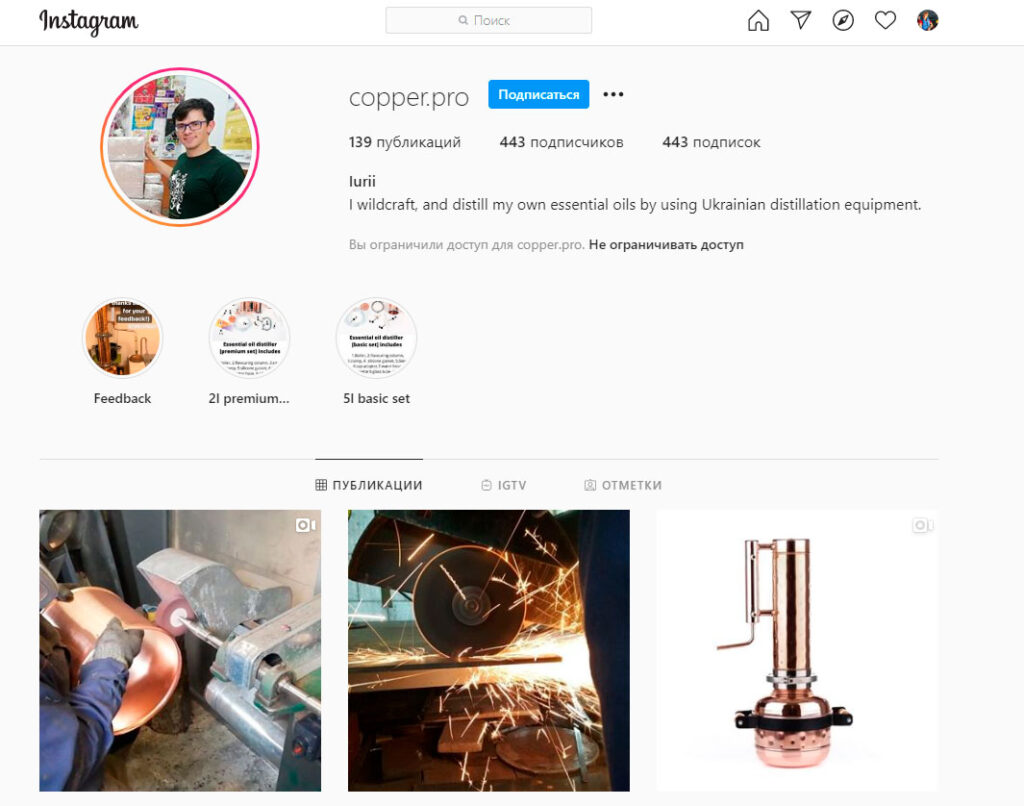






This is not a story about turnover from 0 to 125k$ per months in16-month project.
Instruments and methods are changing. This is a story about complex approach to build stable business. From an idea to products, from products to marketing.


